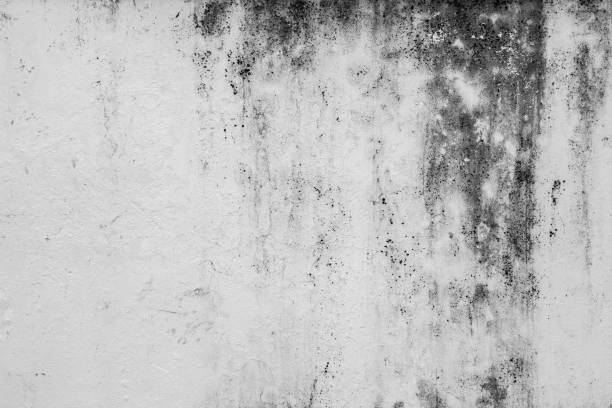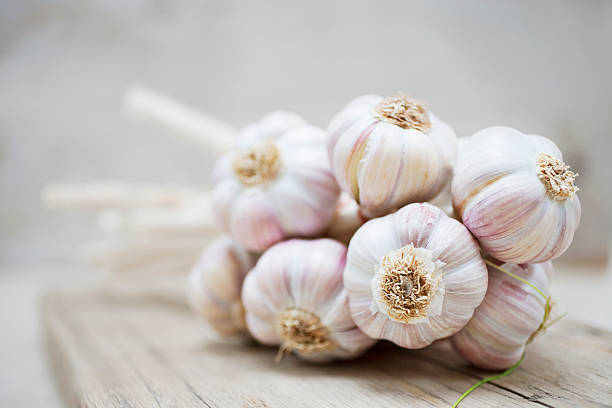
Toxic mold poses a serious health threat, and in rare cases, exposure to high levels of harmful mold spores can even be fatal. Recognizing the potential for mold toxicity and its various symptoms is crucial for prompt intervention. This article outlines 10 key warning signs of mold toxicity in the body and highlights the importance of addressing mold issues quickly.
Multiple symptoms of mold toxicity and other unexplained health problems can arise from exposure to harmful molds. These molds can appear in various colors, including green, black, red, and white, and if left unaddressed, can lead to significant health complications.
Who Is At A Greater Risk For Mold Toxicity?
While mold toxicity can affect anyone, certain individuals are more susceptible. This includes those with asthma or other respiratory conditions, people with sensitivities to molds, residents of homes with poor ventilation and high humidity, individuals working in professions with necessary mold exposure, and those living in flood-prone areas. Even toddlers are at increased risk due to their developing immune systems.
What are the indicators that mold contamination is negatively impacting your well-being? Numerous symptoms might indicate you’ve been exposed to harmful molds.
RELATED: Are You Allergic to Mold? Here’s How to Tell
Here Are 10 Warning Signs Of Mold Toxicity You Need To Watch Out For
#1 Allergic Reactions
Mold spores may trigger certain allergic responses, which can cause mold allergies. Symptoms like congestion, coughing, skin rashes, and wheezing are possible.
Exposure to hazardous mold usually causes these toxic mold symptoms to manifest right away. Remember that mold allergies are more common in those with compromised immune systems.
#2 Fatigue
You can suffer from mold poisoning if you’re always tired and have no energy. This is because the elimination of mold toxins requires more energy than usual, which may lead to persistent feelings of lethargy.
#3 Respiratory Problems
Because it impacts every region of the respiratory system, mold toxins may cause various respiratory issues.
The sinuses, bronchi, nose, and throat may all become inflamed as a result. Inhaling mold spores may lead to various respiratory issues, including a stuffy nose, profuse coughing, difficulty breathing, and a tight chest.
#4 Skin Problems
Among the most noticeable signs of mold poisoning are certain skin issues. Eczema, redness, itching, and rashes are among them.
Inflammation and other skin issues are exacerbated when immune responses are triggered by skin exposure to mold spores. Skin problems like dermatitis, scaly skin, and dry skin may be brought on by inhaling or consuming mold spores.
#5 Digestive Problems
Additionally, gastrointestinal issues may result from mold poisoning. Stomach discomfort, diarrhea, acid reflux, and gas are some of the gastrointestinal disorders that may arise from consuming food infected with mold.
Toxins increase the likelihood of gastrointestinal issues by disrupting the intestinal flora balance.
#6 Headaches & Migraines
Severe headaches or migraines may be caused by exposure to poisonous mold. Inflammation in the brain, brought on by mold spores and other harmful mold byproducts, is the typical culprit behind these symptoms.
RELATED: What Happens When Your Lungs Are Exposed To Mold?
#7 Chronic Sinus Issues
Mold spores may cause chronic sinusitis and severe congestion. It can potentially aggravate sinus issues by irritating the nasal canal mucosal membrane. The possible side effects are the inability to smell, discomfort in the face and teeth, postnasal drip, and headaches.
#8 Joint Problems
In addition to causing fungal arthritis, mold toxins may cause joint stiffness and other issues.
Muscle and joint discomfort, swelling, restricted mobility, and other musculoskeletal problems may all stem from fungal spore accumulation in tissues and bones, which in turn can promote inflammation. Joints such as the hips, knees, shoulders, and ankles are susceptible to fungal arthritis.
#9 Cognitive Problems
Molds may cause brain damage due to their poisons. They cause neuroinflammation and cognitive impairment once they reach the brain and spinal cord.
According to studies, Mycotoxins, which are present in molds, may disrupt brain function and cause direct harm to neurons. Consequently, it disrupts the normal flow of information between brain cells, leading to a host of cognitive issues, including forgetfulness, attention issues, and brain fog.
#10 Depression & Anxiety
Mold poisoning may affect brain processes and lead to anxiety and depression problems, according to studies. Mood swings and depressive symptoms may result from toxic mold spores interfering with neurotransmitters such as serotonin and dopamine.
Seek prompt medical attention if you experience any of the symptoms mentioned above. It should be borne in mind that the aforementioned symptoms might provide an even greater threat to people with compromised immune systems or other health conditions.
In addition, it is advised to contact a professional remediation service and get the mold cleaned immediately upon discovery.

How to Test for Mold Toxicity and Mold in Your Environment
If you suspect mold toxicity, consult with your doctor. They may recommend certain tests to evaluate your condition. There are also mold toxicity tests available that analyze urine or blood samples for the presence of mycotoxins.
To determine if mold is present in your home, you can visually inspect for mold growth, paying close attention to areas with moisture. You can also purchase mold test kits for surface and air sampling or hire a professional mold inspection service.
Is All Black Mold Toxic? Black Mold vs Toxic Mold
While black mold (Stachybotrys chartarum) is often associated with toxic mold, not all black mold is actively producing high levels of toxins at all times. Furthermore, the term “toxic mold” is often used to refer to molds that produce mycotoxins, and several types of mold, not just black mold, can do so. Therefore, it’s more accurate to focus on whether a mold is producing harmful toxins rather than solely on its color. Understanding the difference between black mold vs toxic mold is crucial; while black mold can be toxic, other molds can also pose health risks.
What Does Toxic Mold Look Like?
Toxic mold can appear in various colors and textures, including black, green, white, and fuzzy or slimy. It’s not possible to identify what toxic mold looks like definitively by sight alone. Laboratory testing is required to determine the specific types of mold present and whether they are producing harmful mycotoxins.

How to Get Rid of Mold in Your Body
Natural ways to detox from mold exposure, there are a few remedies that can help your body bounce back. We wrote another article about getting rid of mycotoxins yourself. But here’s a quick overview:
1. Activated Charcoal: Absorbs toxins, potentially helping to clear mold spores from your system. Take it in capsule form to absorb toxins. It’s best used under medical supervision, especially after known mold exposure.
2. Garlic: Include fresh garlic in your meals or take garlic capsules. Its antifungal properties can help fight off mold-related infections.
3. Tea Tree Oil: Dilute with water and use it to clean surfaces where mold tends to grow. It’s a natural fungicide and can help prevent mold spores from spreading in your home.
4. Glutathione: A powerful antioxidant that enhances liver detoxification, supporting overall health. This can be taken as a supplement to boost your body’s detox capabilities.
5. Pulsatilla/Silicea: Pulsatilla and Silicea are used to alleviate symptoms of mold allergies, such as sinus congestion and skin irritations.
Incorporating these remedies, alongside maintaining a dry and mold-free environment, can significantly support your recovery from mold exposure. It’s also important to identify and address any foods to avoid with mold toxicity, as some foods can contain hidden molds or mycotoxins.
Taking proactive steps to identify and eliminate mold in your environment and seeking appropriate medical care are essential for addressing mold toxicity and its potential health consequences.









